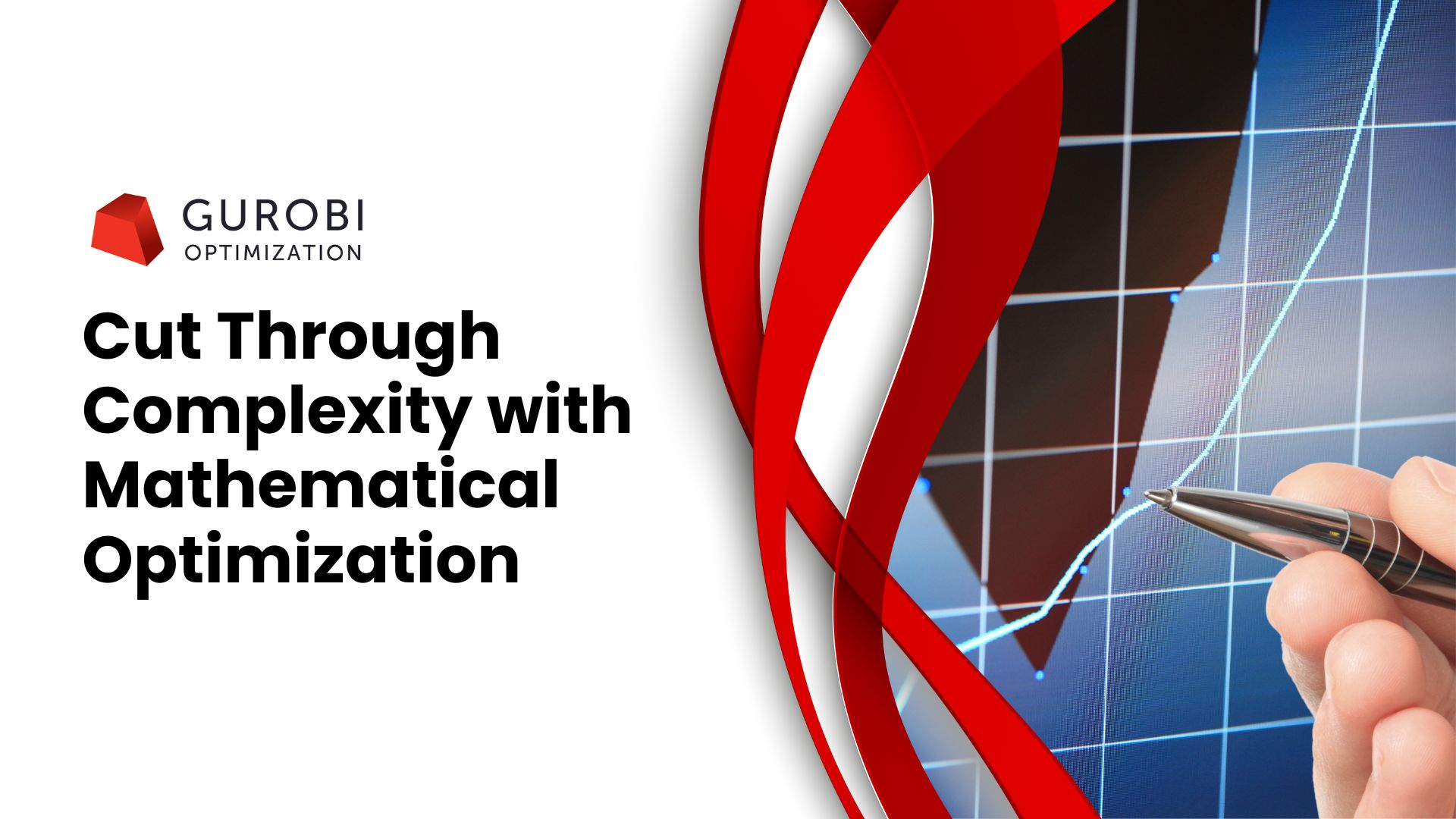When it comes to predictive models or any other of kind of data analytics study, a single type of model based on a data sample can have prejudices and a fairly high amount of discrepancies. Ensemble learning methods are techniques that are built on many different models and then join them together to improve the outcomes of machine learning techniques. This method has the ability to show a better predictive performance when compared to a single statistical/ML model that has usually been the case in plenty of esteemed data analytics competitions. For instance, in the famous Netflix Competition, the winner used an ensemble technique to execute a robust collaborative sieving algorithm.
The below diagram shows the ensemble learning model. It depicts that it can improve generalizability and sturdiness over a classifier through the synthesizing of the predictions of many base estimators that are built with a specific statistical/ML algorithm.

Figure 1 Principle of Ensemble Approaches
The training of an ensemble model needs better computation than simply attaining the prediction from a single model. Nevertheless, the modern distributed computing frameworks, like the Hadoop and SPSS Modeler Server, ensures that this approach completely possible. In this manner, the ensemble learning model has increased in reputation because it can be a method which is used to recompense for other lesser effective models by conducting a lot more computations.
Generally, there are two main types of ensemble methods are most notable:
- In the average (voting) techniques, the major belief is to create various independent estimators and then calculate the average of these predictions. Normally, the combined estimator is much better than any of the single estimator bases because its variance has decreased. Certain methods include the bagging approach and random forests.
- Similarly, boosting methods usually start building base estimators successively, and then everyone makes an attempt to reduce the bias of the joint estimator. The motivation is to connect many models that very weak to produce a strong ensemble.
In this article, we will demonstrate the ways in which the ensemble models can improve prediction accuracy of decision trees, and then compare different ensemble approaches.
- Bagging and Random Forests
The main idea of Bagging’s was to make numerous subsets of data taken from a training sample that was chosen randomly with a spare. Then, we separately trained the decision trees based on each of subset data and then took an average value of all the predictions from these trees. Random Forest is an extension over bagging as it also selects the features randomly in order to grow decision trees instead of using all the features that are available. For instance, we created decision trees and random forests to help predict the booking of customers by simply analyzing their clickstream data. For random forest model, you can set some more parameters, such as the different number of features for building the classifiers and the final number of decision trees. The ROC curve analysis portrays that all random forest models help increase the performance of the decision tree model quite meaningfully. It also reduces the loss from -0.471 to -0.226, more than 50 percent.

Figure 2 Compare Random Forest with Decision Tree
- Boosting and Gradient Boosting
The Boosting method suits the consecutive trees using a different sample and at every step, the objective is to resolve the net error from the prior tree. The Gradient Boosting, in practice, is an extension over the boosting method, and has become more popular. It makes use of the gradient descent algorithm which can improve any differentiable loss function. You can use the gradient boosting in various different settings to see which one is the most optimum model and associate them with the original decision tree model.


Figure 3 Compare Gradient Boosting Models with Decision Trees
Predictably, the gradient boosting models indeed to improve the decision trees performance considerably and has resolved many issues.
In order to develop the transparency of ensemble learning, the methods of machine learning can also help calculate the relative standing of predictors in the ensemble.

To conclude, the ensemble strategy will be able to attain more precise predictions that can be added from all of the individual models. SPSS Modeler permits the rapid growth of different ensemble models in a coding-free way thereby offering a clear pipelining of final outcomes.











